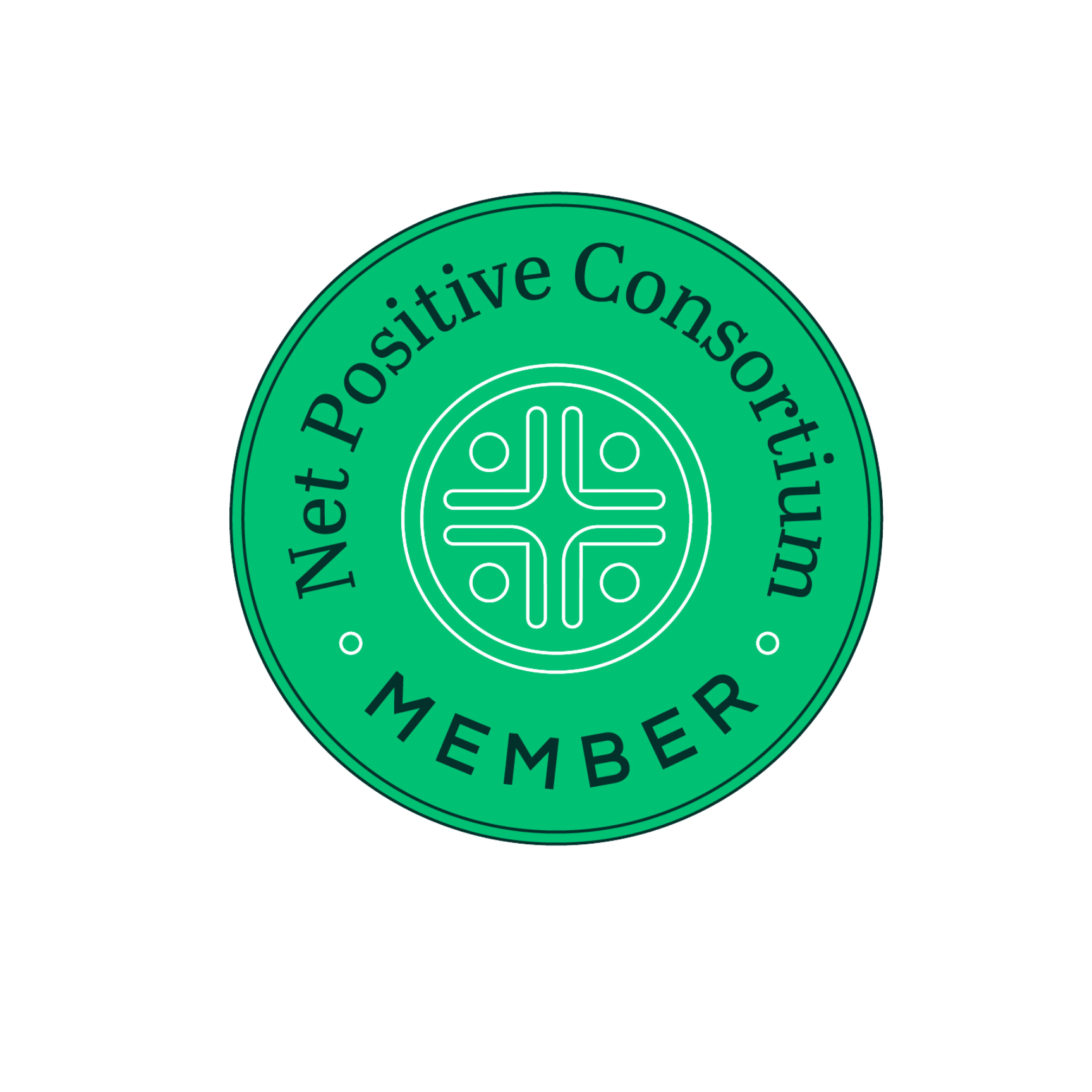The final months of the year are often called the “season of giving,” a time when generosity peaks during the holidays. But this year you may want to plan your charitable giving a little earlier than usual.
The One Big Beautiful Bill Act (OBBBA), recently passed by Congress, mandates some important tax law changes that take effect in 2026. Ignoring these changes this year risks leaving both your finances and your favorite causes shortchanged.
The New Rules Ahead
Starting in 2026, the rules governing charitable deductions shift in ways that may reduce the tax efficiency of gifts for many taxpayers:
- New floor for itemizers: Only donations above 0.5% of your adjusted gross income (AGI) will be deductible. Smaller, routine gifts may no longer yield tax benefits.
- Deduction cap for high earners: For those in the 37% tax bracket, charitable deductions will be limited to a maximum tax savings of thirty-five cents on the dollar, reducing some incentives for larger gifts.
- Universal deduction reinstated, but still modest: Non-itemizers will be allowed to deduct up to $1,000 ($2,000 for joint filers) for cash gifts, but this benefit is small and not indexed to inflation.
- Higher estate/gift tax exemption: The OBBBA sets the lifetime estate/gift tax exemption at an increased $15 million per individual or $30 million per married couple (indexed for inflation). A high federal estate tax exemption leaves fewer subject to estate tax and therefore less motivated to do large scale charitable planning for tax mitigation purposes.
Why Initiative-taking Planning Matters Now
Because the OBBBA changes take effect in 2026, 2025 is a pivotal year. Donors who plan ahead during this year’s season of giving can take advantage of the current, more favorable rules while they still apply. Steps you might consider now include:
- Front-loading: If you are in the highest tax bracket, you might consider front-loading large future or multi-year gifts in 2025 to lock in the full 37% deduction.
- Bunching: To overcome the 0.5% floor in 2026, consider combining or “bunching” multiple years of smaller charitable gifts into one year so that the total amount donated exceeds the threshold and yields the full deduction. Consider donating appreciated stock, or other non-cash assets that help exceed the floor while providing other tax benefits.
- QCDs: If you are age 70½ or older and have a traditional IRA, making charitable gifts via Qualified Charitable Distributions (QCDs) remain untouched by both the .5% floor or the 35% ceiling discussed above. Because the distribution is made directly to a charity, you avoid recognizing the amount as taxable income and bypass the deduction limit issues.
A Call to Thoughtful Giving
In 2025, the season of giving is also a season of transition. Donors who act now may be better positioned to support their chosen causes while preserving the maximum value of their contributions.
Determining the right course of action for your charitable giving strategy can be complex, especially in this year of change. Your Crestwood team can work with you and your tax advisor to determine the best strategy for your situation. Planning today ensures your generosity goes further, both this year and for many years to come.
If you are not yet working with Crestwood, please reach out.
This document is provided for general informational purposes only by Crestwood Advisors, an investment adviser. Crestwood Advisors does not provide legal advice, and this document should not be construed as containing legal advice. For legal advice, consult with a licensed attorney. This document should not be construed as containing tax advice. For tax advice, consult with your tax adviser.




